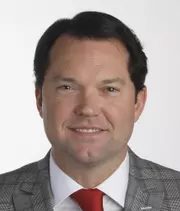Graduate students study hazardous materials
October 19, 2012
A group from WKU may make Louisville a safer place.
Graduate students and faculty from WKU spent August observing the transportation of hazardous material through the Louisville and Jefferson County area.
Ritchie Taylor, associate professor of environmental science, said the team looked at the flow of hazardous commodities such as gasoline and other potential hazardous materials that could be spilled there.
“We did this because, typically, most jurisdictions or most cities don’t really know what commodities are being transported,” Taylor said. “They don’t know potentially what they need to be prepared for.”
The group worked with the Louisville/Jefferson County Emergency Management Agency studying semi-trucks traveling along highways in the area. They observed the different placards on each truck which label what hazardous material each truck carries.
Taylor said the information can help first responders make sure they have the proper equipment to deal with these materials.
Evansville graduate student Jacob Eagleson said the group from WKU made a map that focused on what time of day they saw the most trucks carrying hazardous material, what roads carried the most hazardous material and what was the most common hazardous material, for first responders.
“We gave them a map of what is most likely to come through at what time so that they can be prepared to respond at certain times of the day,” Eagleson said.
Eagleson said they conducted a survey asking facilities in the area what they ship in and out, to find out what was being shipped on the roads nearby, and whether it matched their data.
“They have no idea what comes up and down those roads,” Eagleson said.
Jim Bottom, technological hazards coordinator of the Louisville/Jefferson County Emergency Management Agency, said grant funds paid for 80 percent of the research for WKU.
Bottom said students and faculty did an “outstanding” job.
“It’s helpful to me, it’s helpful to the state,” Bottom said. “The information has been provided to other local responders — local fire departments.”
Taylor said the group will be presenting their research in November at Louisville’s Local Emergency Planning Committee and then in January at a statewide meeting.











